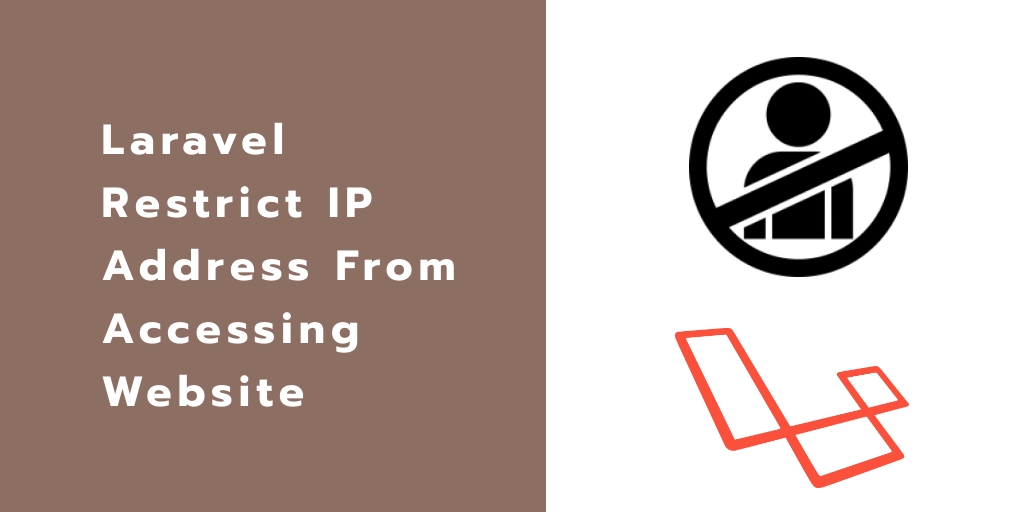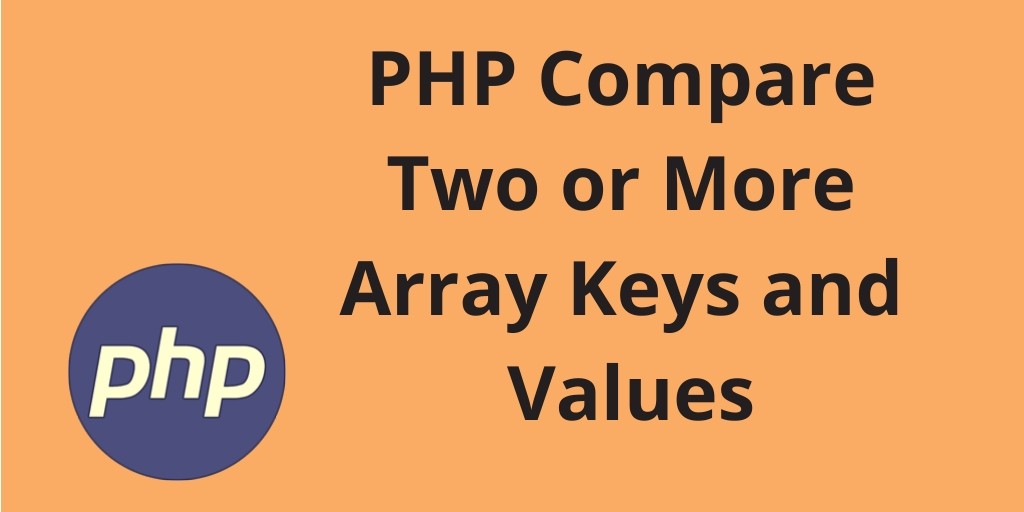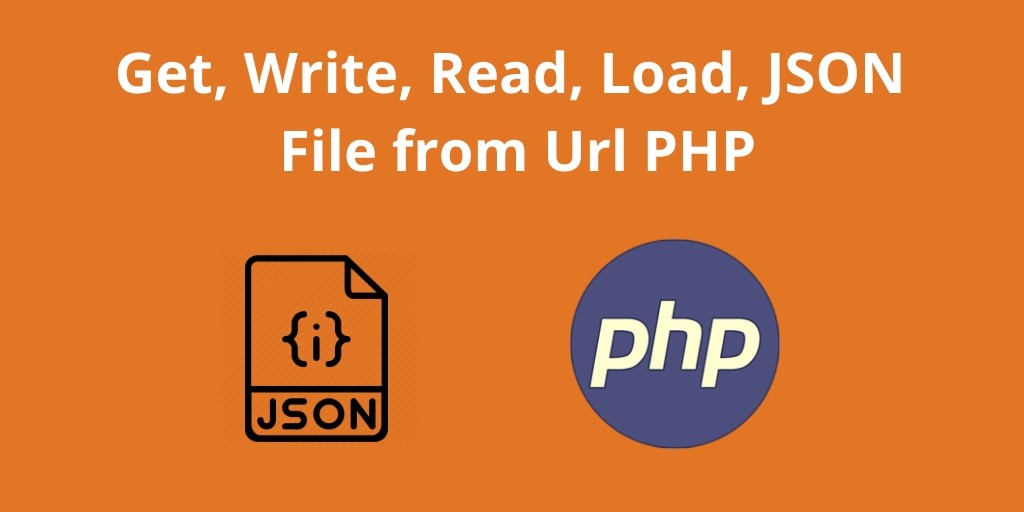Before starting with most popular NoSQL databases. You must have to know about NoSQL databases. Most of the programmer doesn’t know that it stands for Not only SQL. After getting knowledge of NoSQL database, we will jump into Best NoSQL databases for the 2019 year and we also see Cassandra vs MongoDB vs HBase.
WHAT IS NOSQL DATABASE?
NoSQL databases (additionally called Not Only SQL Databases) are non-relationaldatabase systems used for Storing and Retrieving data. These days NoSQL Databases are vigorously utilized as a part of real-time web applications. NoSQL databases can likewise be said as Big Data databases or Cloud databases. NoSQL Databases are quicker in contrast to SQL Databases and thus NoSQL Databases are utilized as a part of a Big Data application. Before utilizing any specific NoSQL Database you ought to check its component first on the grounds that each NoSQL Database has it claim set of functionalities. Now, we will go to Most popular NoSQL databases and Best NoSQL Database for 2019 and 2020 year.
NOSQL DATABASE TYPES
- Document Databases – These Db usually pair each key with a complex data structure which is called a document. Documents can contain key-array pairs or key-value pairs or even nested documents.
- Key-value stores – Every single item is stored as a Key-value pair. Key-value stores are the most simple among NoSQL Databases.
- Wide-column stores – These types of Databases are optimized for queries over large datasets, and instead of rows, they store columns of data together.
- Graph stores – These store information about graphs, networks, such as social connections.
CLICK HERE FOR BEST DATABASES IN THE WORLD
BEST NOSQL DATABASES 2019
MongoDB
It is an open source NoSQL database which is document-oriented. MongoDB uses JSON like documents to store any data. It is written in C++.
Cassandra
It was developed at Facebook for inbox search. Cassandra is a distributed data storage system for handling very large amounts of structured data.
Redis
Redis is the most famous key-value store. Redis is composed in C language. It is authorized under BSD.
HBase
It is a distributed and non-relational database which is designed for the BigTable database by Google.
Neo4j
Neo4j is referred to as a native graph database because it effectively implements the property graph model down to the storage level.
Oracle NoSQL
Oracle NoSQL Database implements a map from user-defined keys to opaque data items.
Amazon DynamoDB
DynamoDB uses a NoSQL database model, which is nonrelational, allowing documents, graphs and columnar among its data models.
Couchbase
Couchbase Server is a NoSQL document database for interactive web applications. It has a flexible data model, is easily scalable, provides consistent high performance.
Memcached
It is an open source, high-performance, distributed memory caching system intended to speed up dynamic web applications by reducing the database load.
CouchDB
It is an Open Source NoSQL Database which utilizes JSON to store information and JavaScript as its query language.
1. MONGODB

MongoDB nosql database most popular
MongoDB is the most well known among NoSQL Databases. It is an Open-Sourcedatabase which is Document-oriented. MongoDB is a scalable and accessible database. It is in C++. MongoDB can likewise be utilized as the file system. In MongoDB, JavaScript can be utilized as the query language. By utilizing sharding MongoDB scales horizontally. It is very useful in Popular JavaScript Frameworks. People really enjoying sharding, advanced text searching, gridFS, map-reduce features for the 2019 year. Amazing performance and new features promoted this NoSQL database to 1st place in our list.
FEATURES
- Provides high performance
- Auto-sharding
- Run over multiple servers
- Supports Master-Slave replication
- Data is stored in the form of JSON style documents
- index any field in a document
- It has an automatic load balancing configuration because of data placed in shards
- Supports regular expression searches
- Easy to administer in the case of failures
PROS OF MONGODB
- Easy to setup MongoDB
- MongoDB Inc. provides professional support to its clients
- Support ad-hoc query
- High-Speed Database
- Schema-less database
- Horizontally scalable database
- Performance is very high
CONS OF MONGODB
- Doesn’t support joins
- Data Size is High
- Nesting of documents is limited
- Increase unnecessary usage of memory
2. CASSANDRA

Cassandra NoSQL database in top 10
Cassandra was developed at Facebook for inbox search. Cassandra is a distributed data storage system for handling very large amounts of structured data. Generally, these data are spread out across many commodity servers. You can also add storage capacity of your data keeping your service online and you can do this task easily. As all the nodes in a cluster are same, there is no complex configuration to deal with. Cassandra is written in Java. Cassandra Query Language (CQL) is a SQL-like language for querying Cassandra Database. As a result, Cassandra stands 2nd in best open source databases. Cassandra is being used by some of the biggest companies such as Facebook, Twitter, Cisco, Rackspace, eBay, Twitter, Netflix, and more.
FEATURES
- Linearly scalable
- Maintains a quick response time
- Supports properties like Atomicity, Consistency, Isolation, and Durability (ACID)
- Supports MapReduce with Apache Hadoop
- Maximal flexibility to distribute the data
- Highly scalable
- Peer-to-peer architecture
PROS OF CASSANDRA
- Highly scalable
- No single point of failure
- Multi-DC Replication
- Integrate tightly with other JVM based applications
- More suitable for multiple data-center deployments, redundancy, failover and disaster recovery
CONS OF CASSANDRA
- Limited support for aggregations
- Unpredictable Performance
- Doesn’t Support ad-hoc query
Don’t forget to see free data-structures books for programmers ( this month offer only)
3. REDIS

Redis NoSQL database
Redis is a key-value store. Furthermore, it is the most famous key-value store. Redis has support for some C++, PHP, Ruby, Python, Perl, Scala and so forth. Redis is composed in C language. Furthermore, it is authorized under BSD.
FEATURES
- Automatic failover
- Holds its database entirely in the memory
- Transactions
- Lua scripting
- Replicate data to any number of slaves
- Keys with a limited time-to-live
- LRU eviction of keys
- Supports Publish/Subscribe
PROS OF REDIS
- Supports a huge variety of data types
- Easy to install
- Very fast(perform about 110000 SETs per second, about 81000 GETs per second)
- Operations are atomic
- Multi-utility tool(used in a number of use cases)
CONS OF REDIS
- Doesn’t support joins
- Knowledge required of Lua for stored procedures
- the dataset has to fit comfortably in memory
4. HBASE

HBase NoSQL database
HBase is a distributed and non-relational database which is designed for the BigTable database by Google. One of the main goals of HBase is to host Billions of rows Xmillions of columns. You can add servers anytime to increase capacity. And multiple master nodes will ensure high availability of your data. HBase is composed in Java 8. It’s authorized under Apache. Hbase accompanies simple to utilize Java API for customer access also.
FEATURES
- Support automatic failure
- Linearly scalable
- Provides data replication
- Integrates with Hadoop, both as a source and a destination
PROS OF HBASE
- Provides fast lookups for larger tables.
- Provides low latency access to single rows from billions of records
- Easy Java API for client
- Auto-sharding
- License-free
- Handle large datasets on top of HDFS file storage
- Flexible on schema design
- High-speed
CONS OF HBASE
- Doesn’t support transaction
- No permissions or built-in authentication
- Indexed and sorted only on key.
- Single point of failure (when only one HMaster is used)
- Doesn’t support for SQL structure
- Memory issues on the cluster
5.NEO4J

neo4j NoSQL database
Neo4j is referred to as a native graph database because it effectively implements the property graph model down to the storage level. This means that the data is stored exactly as you whiteboard it, and the database uses pointers to navigate and traverse the graph. Neo4j has both a Community Edition and Enterprise Edition of the database. The Enterprise Edition includes all that Community Edition has to offer, plus extra enterprise requirements such as backups, clustering, and failover abilities.
FEATURES
- Supports UNIQUE constraints
- Supports full ACID(Atomicity, Consistency, Isolation, and Durability) rules
- Supports both Java API: Cypher API and Native Java API
- Supports Indexes by using Apache Lucence
- Easy query language Neo4j CQL
- Contains a UI to execute CQL Commands: Neo4j Data Browser
PROS OF NEO4J
- Easy to retrieve its adjacent node or relationship details without Joins or Indexes
- Easy to learn Neo4j CQL query language commands
- Not require complex Joins to retrieve data
- Represents semi-structured data very easily
- High availability for large enterprise real-time applications
- Simplified tuning
CONS OF NEO4J
- Doesn’t support Sharding
6. ORACLE NOSQL

Oracle NoSQL database
Oracle just started NoSQL database with Oracle NoSQL. It’s becoming popular in the year 2018. It less popular compare to MongoDB and Casandra databases. Oracle NoSQL Database implements a map from user-defined keys to opaque data items. Although it records internal version numbers for key/value pairs, it only maintains the single latest version in the store. The version of Oracle, 12c, is designed for the cloud and can be hosted on a single server or multiple servers, and it enables the management of databases holding billions of records. Some of the features of the latest version of Oracle include a grid framework and the use of both physical and logical structures. Oracle Database 18c now provides customers with a high-performance, reliable and secure platform to easily and cost-effectively modernize their transactional and analytical workloads either in the Cloud, or on-premises or in a Hybrid Cloud configuration.
- Developed by: Oracle Corporation
- Blog: Oracle NoSQL
- Download: Oracle NoSQL
- Latest version: 18.3
FEATURES
- Oracle NoSQL Database handle big data
- Supports SQL, and it can be accessed from Oracle relational databases
- Oracle NoSQL Database using Java/C API to read and write data
- Distributed database
- Provides access to the data through the node for the requested key.
PROS OF ORACLE NOSQL
- Based on PL/SQL Programming construct
- Peer to peer communities help to solve all problems
- Oracle database is secure and ensures that user data is not tampered with through prompt updates.
CONS OF ORACLE NOSQL
- High cost for small organizations
- Require significant resources for installation
- Hardware upgrades may be required to even implement Oracle
- takes up a lot of space
7.AMAZON DYNAMODB

Amazon NoSQL database
DynamoDB uses a NoSQL database model, which is nonrelational, allowing documents, graphs and columnar among its data models. Each DynamoDB query is executed by a primary key identified by the user, which uniquely identifies each item. It also relieves the customers from the burden of operating and scaling a distributed database. Hence, hardware provisioning, setup, configuration, replication, software patching, cluster scaling, etc. is managed by Amazon.
FEATURES
- High Scalable
- Hash-Range for indexing a range of values
- Stores data in partitions
- Utilizes JSON as a transport protocol, not as a storage format
PROS OF DYNAMODB
- Easy to set up
- Provide a low-level AWS DynamoDB API
- Auto-scaling
- Reduces the complexity of managing the high availability and scaling for peak usage times.
- Encryption at rest
- Security for DynamoDB is governed by AWS Identity
CONS OF DYNAMODB
- Doesn’t back up your tables for free
- Size limit
8.COUCHBASE

Couchbase NoSQL database
The focus is on the ease of use, embracing the web. It is a NoSQL document store database. Couchbase Server is a NoSQL document database for interactive web applications. It has a flexible data model, is easily scalable, provides consistent high performance. Couchbase Server, JSON documents are used to represent application objects and the relationships between objects.
FEATURES
- Auto-FailoverDeploying and Managing Couchbase at Scale With Kubernetes
- Index partitioning
- Support JSON data natively via N1QL queries
- Data Compression
- Couchbase Eventing Service
PROS OF COUCHBASE
- Aggregate optimization
- reduces the cost of network, memory, and storage
- great admin panel that provides tons of insights into how your cluster is performing
CONS OF COUCHBASE
- Couchbase is not open source
9.MEMCACHED

Memcached NoSQL database
Memcached is an open source, high-performance, distributed memory caching system intended to speed up dynamic web applications by reducing the database load. It is a key-value dictionary of strings, objects, etc., stored in the memory, resulting from database calls, API calls, or page rendering. It is now being used by Netlog, Facebook, Flickr, Wikipedia, Twitter, and YouTube among others.
FEATURES
- Client-server application over TCP or UDP
- Reduces the database load
- Memcached server is a big hash table
- Efficient for websites with high database load
- Distributed under Berkeley Software Distribution license
- Combine memory caches into a logical pool
PROS OF MEMCACHED
- Installation is fast
- Widely documented with a huge community
CONS OF MEMCACHED
- Only supported on Linux operating systems and systems that are similar to BSD
- Doesn’t support data redundancy
- Doesn’t support for locks, read-through, CAS
10.COUCHDB

couchDB NoSQL database
CouchDB is an Open Source NoSQL Database which utilizes JSON to store information and JavaScript as its query language. CouchDB applies a type of Multi-Version Controlling system for avoiding the blockage of the DB file during writing. It is Erlang. It’s authorized under Apache. It is ranked 1st for Best NoSQL Database 2016 list for popularity.
FEATURES
- Map/Reduce List and Show
- Provide database-level security
- Authentication opens via a session cookie like a web application
- JSONP for Free
- Follow document storage
- Support ACID Properties
- Provide the simplest form of replication
- Browser-based GUI to handle your data, permission, and configuration
PROS OF COUCHDB
- Map/Reduce, querying data is somewhat separated from the data itself
- Store any JSON data
CONS OF COUCHDB
- Arbitrary queries are expensive
- A bit of extra space overhead with CouchDB
- Doesn’t support XML
Before we summarize the article we compare the three databases:
| Parameter | Cassandra | MongoDB | HBase |
| Description | High scalability, strong security by lowering overall cost of ownership | Traded in JSON format, Schema-less database | Key-value stores which run on top of HDFS |
| Data Model | Key Spaces | Flexible Schema | Column-Oriented DB |
| Implementation Language | Java | C++ | Java |
| Query Language | CQL-Cassandra Query Language | Dynamic Object-Based Language and JavaScript | MapReduce |
| Performance | More Durable and Slight better among three of them | Less durable compare to Cassandra | Less durable compare to Cassandra |
| Security | TLS/SSL Encryption Client Authentication Authorization |
Encryption Authentication Auditing Governance |
Thrift Server role Authentication Authorization |
| Replication Methods | Selective Replication Factor | Master Salve Replication | Selective Replication Factor |
| Competitive Advantage | No chance of Failure and it ensures 100% availability, High-Scalability | Best of Traditional Database, Giant-Ideas | Store Large dataset on top of HDFS, Aggregate and analyze billions of rows in HBase table for online analytics |
| Application Areas | Used in fraud detection applications. Twitter and Netflix used Cassandra. | Used in mobile single view, real-time analytics | Used in medical to store the genome sequence, sports, storing match histories for better analytics, Web use Hbase for better customer targetting |
| Market Metrics | 40% of the Fortune Hundred Companies | 40 million downloads | 7% of the companies in the world |
Before ending list for NoSQL database. I must recommend preparing for Database interview -> Most popular quires for databases. We have recently been taking a survey from different programmers who are available on google plus social media for all SQL and NoSQL databases. Here we have seen the most popular database with its features, pros, and cons. Now you can decide which one is best for your project.




